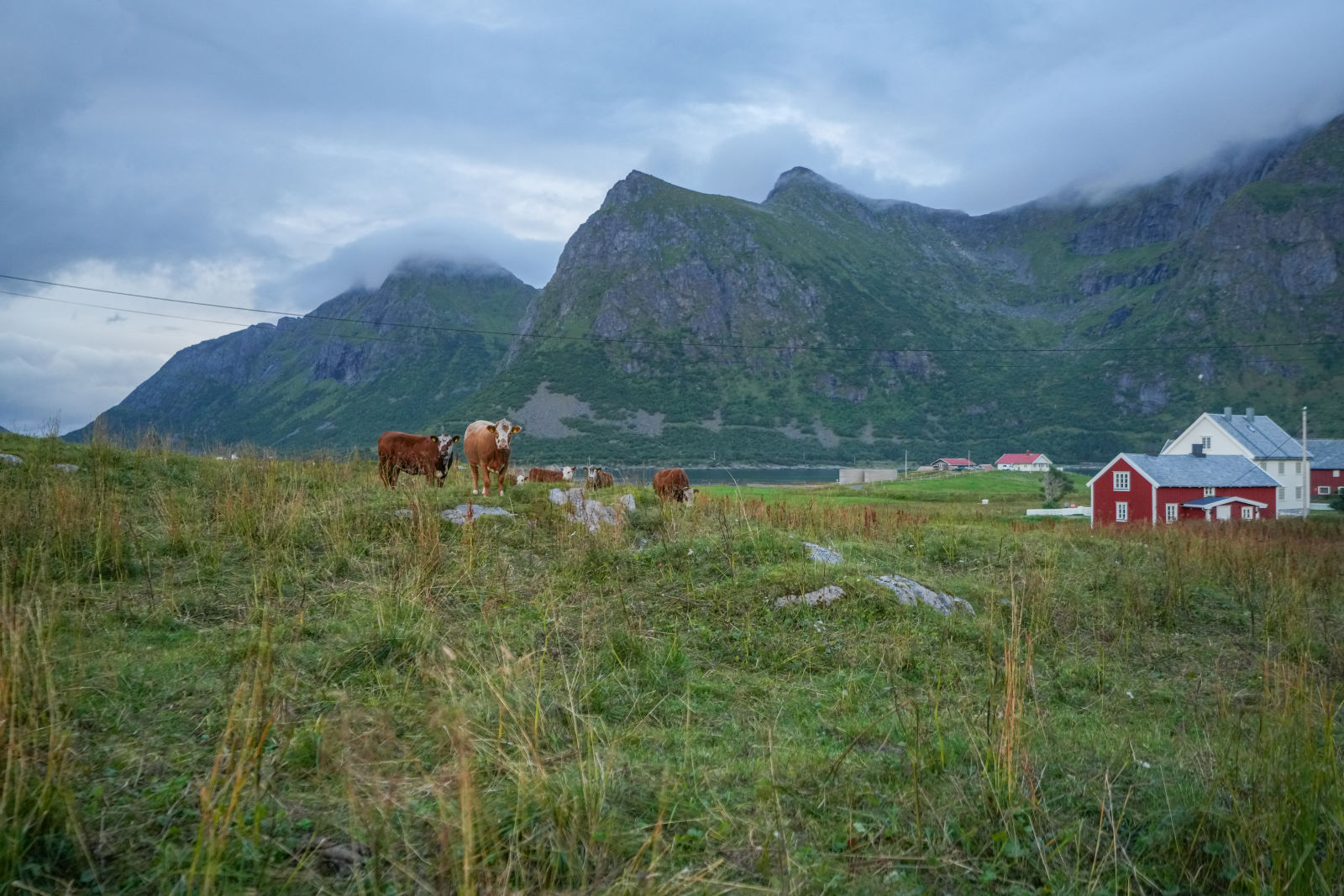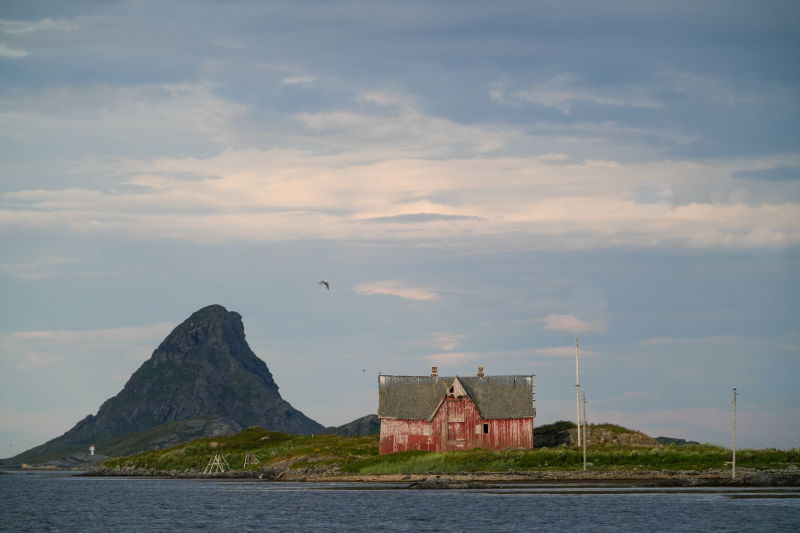Regenerative agriculture is a farming approach focused on improving ecological and soil health. This practice benefits countless sea, shore and grassland songbirds who rely on farmlands and meadows. Central to this practice of regenerative agriculture is the concept of "living soil," rich in organic matter and teeming with microorganisms like bacteria, fungi, and earthworms. These organisms play crucial roles in supporting biodiversity, nutrient cycling, improving soil structure, and increasing water retention.
The goal: sustainability and resilience
Regenerative methods include crop rotation, cover cropping, reduced or no tillage, composting, integrating livestock, and avoiding or significantly limiting synthetic inputs. All these practices aim to minimize soil disturbance and promote biodiversity, build soil and sequester carbon, creating sustainable and resilient ecosystem-based agricultural systems.
Promote biodiversity & sequester carbon
Today, regenerative agriculture covers 15 % of global cropland, representing a key mechanism for the conservation of nature and the sequestration of carbon. To limit climate change to 1.5 degrees Celsius, which leading climate scientists say is imperative if we are to avoid the worst of the climate crisis, we must support and advocate for transitioning 40 % of cropland to regenerative by 2030. As the Rodale Institute points out,
"recent data from farming systems and pasture trials around the globe show that we could sequester more than 100 % of current annual CO2 emissions with a switch to widely available and inexpensive organic management practices, which we term ‘regenerative organic agriculture.’ These practices work to maximize carbon fixation while minimizing the loss of that carbon once returned to the soil, reversing the greenhouse effect."

Benefits
for Birds
The added bonus is that birds benefit tremendously in places where regenerative agriculture is practiced.
In many places, grassland, wading and shorebirds rely on farmlands and grazing lands to reproduce, feed, and rest. As global bird populations dwindle, we look to places where they continue to exist and, in some cases, thrive. What we find in many of the best examples is that farming and grazing practices on these lands are regenerative, and positively impact bird populations and their many habitats.
Nature-minded farmers and stewards
Here in the Lofoten Islands of northern Norway, generations of nature-minded farmers and stewards have managed their pastures and summer grazing lands in the mountains in a way that protects native flora and provides habitat for nesting shorebirds. Strict protections for farmlands in Lofoten and across Norway have mitigated the threat of land use change. Situated along a key migration corridor in the northern hemisphere, linking the artic to more temperate ecosystems further south, many birds nest and stopover in Lofoten, making it a vital habitat for scores of birds.



For birds who rely on meadows and grazing lands, many have suffered significant population declines. In fact, grassland birds have declined most out of any terrestrial biome, mainly because natural grasslands and meadows have been converted into industrial farmland, characterized by intensive agriculture that destroys the ecological fabric and soil microbiome. Seabirds, some of which nest on the ground near or on farmlands, have declined by 70 % since the 1950s and are more threatened than any other group of birds. Shorebirds and wading birds, like the Eurasian curlew, oystercatcher, and golden plover, are also in peril. In fact, 70 % of waders in North America and more than half the populations of waders in Europe, West Asia, and Africa are declining at an accelerating rate.
Regenerative Farming Practices benefit Bird Habitat
Regenerative farming can reverse the damage of industrial and intensive use by rebuilding soil and their microbiological communities, increasing the land’s ability to hold water, reconnecting habitat and wildlife populations through wildlife corridors, reintroducing and stewarding native flora, and facilitating the restoration of habitat to create wildlife-friendly farmland for generations to come.

Wading and shorebirds depend on these regenerative practices for their survival especially during the nesting season where they will lay their eggs on the ground, hidden amongst the grass and flowers. Once the eggs hatch, these fields will become home to a tide of flightless, baby birds who rely on the tall grass and flowers for cover, and the insects who live here for food. By stewarding these meadow and grassland habitats through regenerative practices, farmers can help ensure these birds have the necessary habitats to thrive.

What you can do
Asking yourself
Supporting regenerative farmers in your community is a powerful way to contribute to the well-being of shorebirds, seabirds, and the planet. Here are two simple and impactful ways you can help:
Start Birdwatching: We protect what we love, and if you can develop a relationship with birds and the habitats that sustain them, you'll find that you can have a massive impact for good, joining the great groundswell working to protect our birds and their habitats.
Support and Advocate for Regenerative Agriculture: Support local regenerative farmers and producers, as well as policies and initiatives that promote regenerative farming practices.
Regenerative farmers play a vital role in local food production, benefit nature and birds through their farming practices, and can help address the climate crisis through carbon sequestration. By supporting them, we can create a more sustainable, biodiverse, and bird-friendly future.
















